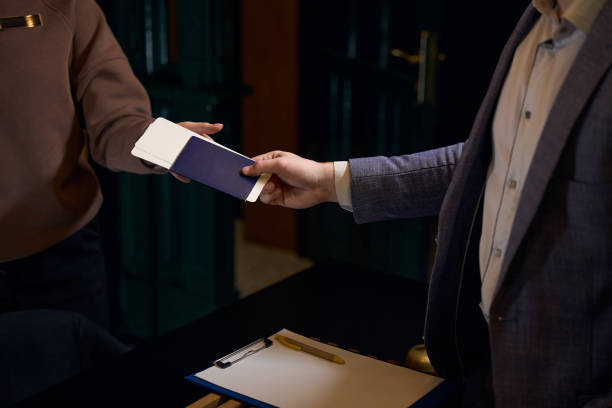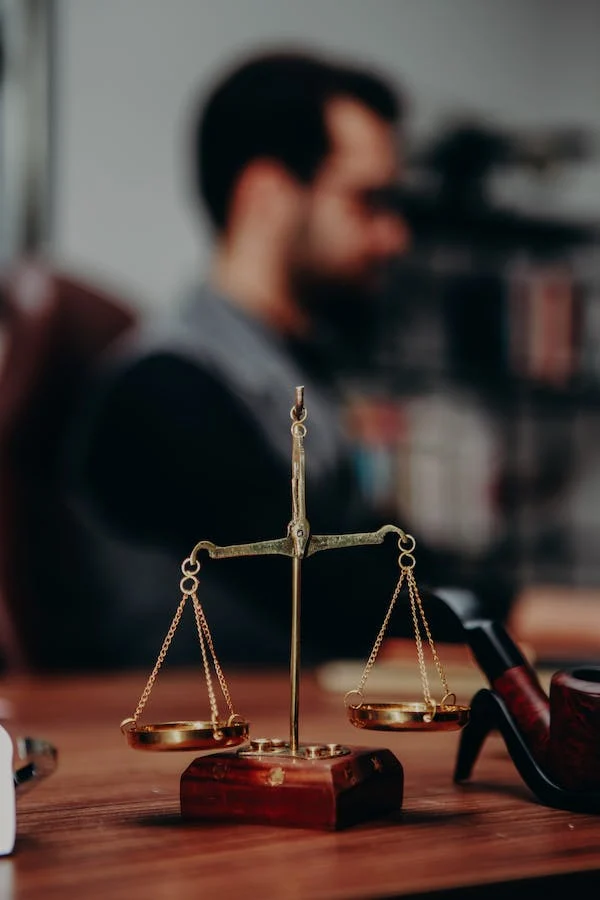Decoding Sworn Translations
Decoding Sworn Translators: Tips for Informed Authentication
Sworn translations, essential for administrative and legal procedures, require special attention regarding their authenticity. Explore the various aspects of these special documents, from the translator’s identity to security measures and mandatory elements.
Translator’s Identity: The First Milestone in Certification
Authenticating a sworn translation begins with identifying the translator. Only sworn translators have the privilege of performing these special translations. Discover details about the official list of accredited translators, their specialties, and their crucial role in the certification process.
Security Measures: An Essential Safeguard
Sworn translations are equipped with security measures carefully integrated by translation agencies. From embossed seals to security QR codes, these features ensure the reliability of the translation work. Explore how to recognize these security signs to confirm that a document is indeed a sworn translation.
Apostille Puzzle: A Seal of International Authenticity
Some sworn translations include an apostille, an international authentication procedure. Explore this process, including legalization, apostille, and exemption from formalities. Delve into verified elements, such as the translator’s seal and signature, leading to the affixing of the apostille stamp on the document.
The apostille is used to validate the authenticity of a French public document for use abroad. Conversely, this process is employed to authenticate a foreign document intended for use in France. In practice, three options are possible:
√ Apostille
√ Legalization according to the country
√ Exemption from formalities according to your local administration
Nature of the Document: Deciphering Authentication Clues
Analyzing the nature of the document is crucial to determine if it is a sworn translation. Dive into administrative and legal procedures, discovering the mention of “sworn translation” in the list of required documents. Explore the various fields covered, from legal to civil status documents, and learn to identify these specialized translations.”
Original Text or Copy: The Mystery of Authentication
A common question arises regarding the ability to recognize a sworn translation in the presence of the original text. However, the answer is not so straightforward, as a translation can be crafted from an original text, a copy, or even an unauthenticated photocopy. Explore the nuances of this question to understand the subtleties related to the authentication of translations.
Practical Tips for Validating a Sworn Translation
Crucial indicators to look for on a sworn translation are essential to confirm its authenticity. These special documents must include the following elements:
√ Unique registration number, an exclusive reference to enhance document traceability and verification.
√ Paraphs of the sworn translator, affixed to each section of the document to confirm its integrity.
√ The mention “vu, ne varietur,” attesting to the meticulous review and approval of the document without alteration.
√ The signature of the sworn translator, a formal commitment guaranteeing the validity of the translation.
√ The seal of the sworn translator, an official stamp reinforcing the legitimate origin of the document.
√ The full name of the accredited translator, providing total transparency about the identity of the professional responsible for the translation.
√ The conclusion of the document, including the mention of source and target languages, for complete clarity on the languages involved in the translation process.
In summary, every aspect, whether it’s the translator’s identity, security measures, mandatory elements, or the nature of the document, contributes to determining the authenticity of a sworn translation. This detailed exploration provides a comprehensive overview of the criteria to consider, illuminating your administrative and legal procedures.”






